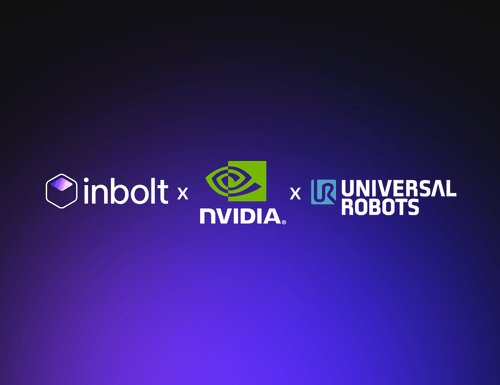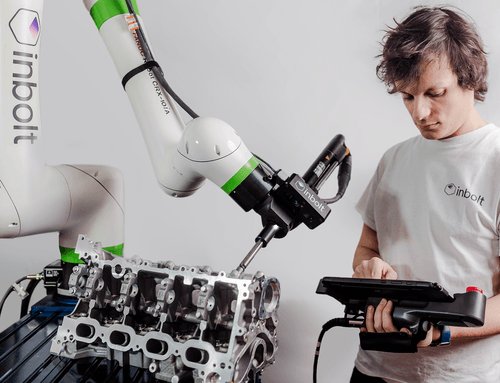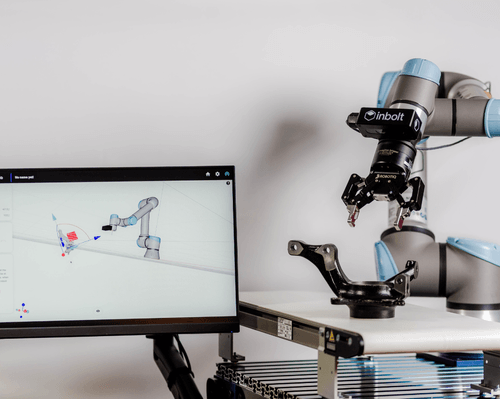Reshoring for Automation
This article explores the rising trend of reshoring – bringing manufacturing jobs and operations back to home countries. Fueled by the COVID-19 pandemic, global supply chain fragility, and increasing labor and shipping costs, this movement is gaining momentum. The adoption of robotics, automation, and workforce upskilling play a significant role in reshoring, creating opportunities for resilient and flexible manufacturing practices.
This trend has only accelerated since the outbreak of the COVID-19 pandemic in 2019, where the entire supply chain was challenged and slowed due to the pandemic (shipping delays, bottlenecks, price spikes, etc). This highlighted the fragility of global supply chains and underlined the need for more resilient and flexible manufacturing practices.
We’re now seeing the results.
A recent study led by ABB found that 70% of US businesses planned on making changes to their manufacturing operations, with 37% looking to homeshore, and 33% looking to nearshore.
In France, the reshoring effort is already in place with the France 2030 recovery plan, allowing companies to receive subsidies in order help industrials settle part of their production in France.
With the rising cost of labor and the increasing overseas shipping costs, as well as the momentum that customisation is currently creating in customer needs, reshoring has become a popular trend that keeps on rising, both in the US and in Europe.
There are several elements that support the process of reshoring.
We’ll remember that reshoring is becoming a popular trend due to factors such as the rising cost of labor, increasing overseas shipping costs, and the momentum of customisation in customer needs. This trend has been accelerated by the COVID-19 pandemic, which exposed the fragility of global supply chains.
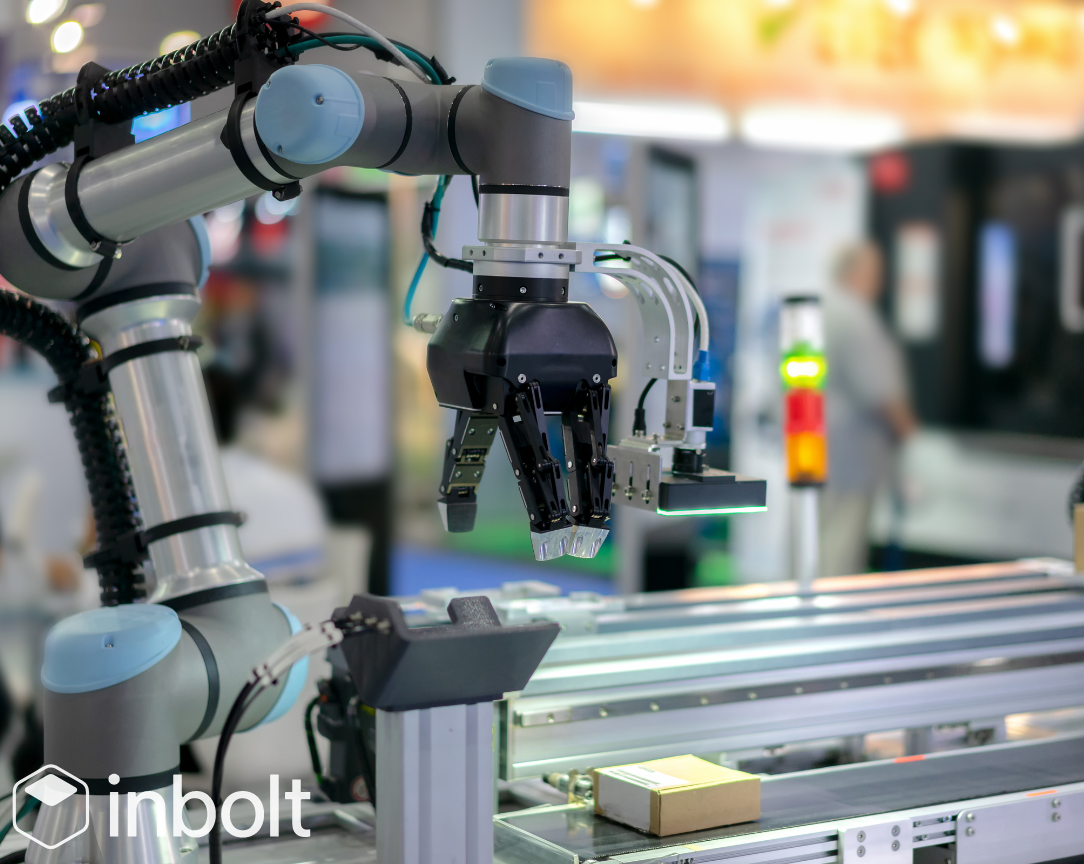
Advances in Robotics & Automation
The use of robotics and automation is increasingly being adopted by businesses to support reshoring and improve supply chain and customer demand issues.
According to a study led by PMMI, 84% of consumer-packaged goods companies currently use robots somewhere on their production lines, with this number expected to rise to 93% in the next five years. Additionally, ABB found that 43% of American businesses plan on expanding their use of robotics and automation in the coming years.
As improvements in robot functionality, such as 3D vision, self-learning, and artificial intelligence, continue to advance, the adoption of robotics and automation will likely continue to grow in the coming years. More and more uses will be found for robots to increase productivity on industrial lines.
Companies like inbolt are making headway in the field by allowing for better precision on moving and fixed lines, which also leads to better output on behalf of production factories.
We’ll remember that advances in robotics and automation are driving reshoring efforts as these technologies allow businesses to improve their manufacturing operations and address supply chain and customer demand issues.
Outsmart, don’t Out-automate
By making the automation smarter and more efficient, businesses can improve their manufacturing operations while still leveraging the benefits of human labor. Innovations in embedded artificial intelligence and better vision systems, along with price deflation, have made automation investments the most economically attractive they have ever been. As a result, there has been a greater demand for robotics in Europe, where 74% of businesses indicate they will invest in robotics and automation in the next three years.
While the initial cost of investment in automation can be high, advanced automation can help offset some of the added costs over time. In fact, data shows that companies are investing heavily in automation, with very high capital expenditures expected in 2020-2023.
Reskill workers
The trend of reshoring provides the opportunity for businesses to take their manufacturing plants to a new level of efficiency and responsiveness by leveraging cloud, smart technologies, hyper-automation, robotics, and artificial intelligence.
However, this also means that the demand for low-skill labor is likely to decrease. As such, it is important for businesses to invest in reskilling workers to prepare them for higher-skill and higher-wage jobs.
Fortunately, technology can play a role in attracting such talent. By investing in advanced automation technologies, businesses can offer innovative job opportunities to attract workers with in-demand skills. According to a 2018 report from Deloitte and the Manufacturing Institute, the US economy may have as many as 2.4 million open manufacturing jobs by 2028. By investing in reskilling and training programs, businesses can help workers transition to higher-skill jobs and take advantage of the opportunities provided by reshoring and advanced automation technologies.
We’ll remember that reskilling workers is essential in the reshoring process, as the demand for low-skill labor is likely to decrease. Investing in reskilling and training programs can help workers transition to higher-skill jobs and take advantage of the opportunities provided by reshoring and advanced automation technologies.
Reshoring might just create an automation boom. Indeed, advanced technology components will be required for factory automation, and recent advances such as Cobots, better computer vision and semiconductors might become key enablers of competitive manufacturing in the coming years.
As companies start to reshore, the adoption of robotics and automation is expected to grow in the coming years, with advanced automation offsetting some of the added costs over time.
In France, this process is being encouraged by the government with their “Made in France” plan included in France 2030, and might lead to more requests for automation systems and line improvements.
Explore more from Inbolt
Access similar articles, use cases, and resources to see how Inbolt drives intelligent automation worldwide.
The Circular Factory - How Physical AI Is Enabling Sustainable Manufacturing

NVIDIA & UR join forces with Inbolt for intelligent automation

KUKA robots just got eyes: Inbolt integration is here
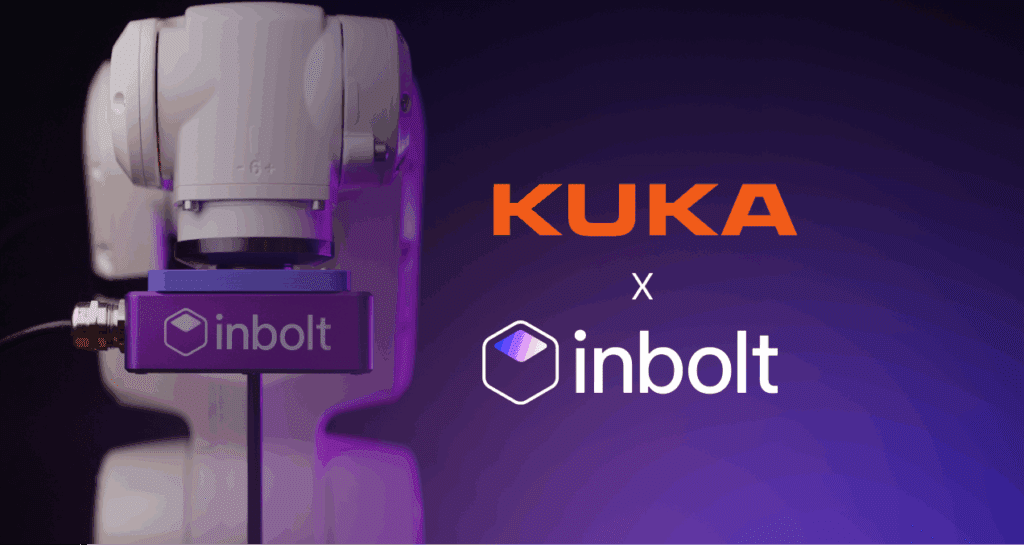
Albane Dersy named one of “10 women shaping the future of robotics in 2025”

Want to Sound Smart About Vision‑Guidance for Robots?

Inbolt Joins NVIDIA Inception to Accelerate AI-Driven Automation

Inbolt x UR AI Accelerator: Ushering in the Era of Vision-Guided Robotics by Default
